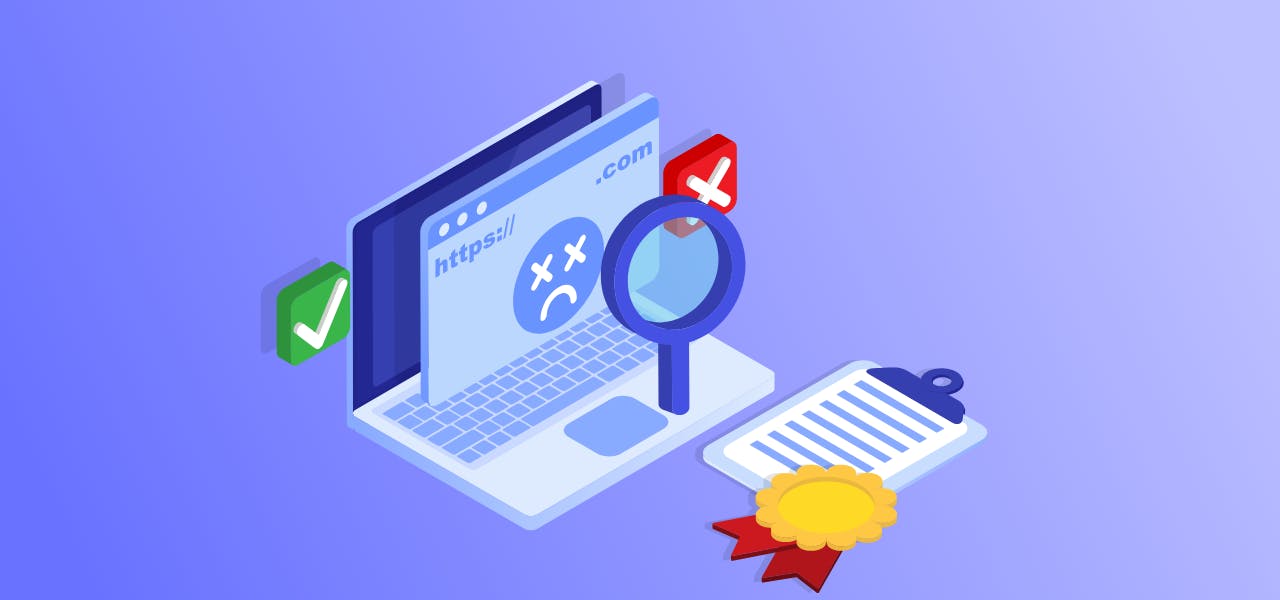Scholarly literature has always held a place in the importance of societal history, no matter how obsolete or ancient the text. Scientific research publications have a similar role in that they are used by future generations to see how a subject has grown and evolved over time. Because of this need, it’s important that publications are able to stand the test of time and remain a permanent record of history, showcasing predominant ideas during a period of time.
Electronic publishing has made this both more and less possible. While the Digital Era gives rise to the ability of researchers to publish never-before-seen mass quantities of information and to store articles in archives that are almost endless in size, the problem is in avoiding things like “reference rot. Permanence in science-based literature is important, but when a researcher cites links to articles that have been removed or moved to another site, those broken links take a once-reputable article and remove the evidence that would have otherwise supported its claims. These broken links, or “reference rot,” must be avoided in order for a researcher’s work to hold its place in the permanence of scientific and scholarly history.
The Necessities of Hyperlinks in Optimization
Hyperlinks are a newer aspect of electronic publishing, but they’re also considered to be one of the most important ways to get your paper optimized. These are used to connect documents and sites on the internet, and the more connections your paper has, the more likely it is to be found, then read, then used and cited. The more citations your work has, the higher an impact rating it receives. It’s all interrelated.
A hyperlink is a reference that the user clicks on that takes them from one place to another in the same document or in an entirely different site. To get your work to show up on a search engine’s coveted first page results, particularly with Google, the website your research is published on and the work itself has to have optimization through things that demonstrate its authority and trust on the content being searched by the user.
One of the ways to demonstrate this authority is to have hyperlinks that lead to and from your paper. When other websites link to your work in something called a “backlink,” the search engine algorithm sees you as an authority on that subject. When you have external links that take the user to other sites that you have referenced, you’re also building a trusting relationship with the holder of the site you’re linking to. This mutual relationship works for both of you, but when the owner of the link moves or takes it down, they don’t always let you know, and now your link is broken, taking with it part of your trust and authority according to search engines and those who were relying on you as an expert giving them information.
What is Reference Rot, Anyway?
Millions of hyperlinks are interconnected daily, with both internally and externally bound directions. Of these relationships, many of them are used to demonstrate authority on an anchor text that is being used.
But not all of those links are active. In fact, studies have shown that nearly 20% of the average site’s external hyperlinks were broken, or, in research terms, dubbed to be “rotten.” Reference rot is a significant problem for researchers who are using a source as a citation to back up the evidence and support the claims they make in their paper. This reference rot potential increases the longer a link is kept connecting two sites together.
To avoid broken links that lead to reference rot, it’s important that you as the author only connect your research to legitimate sites that have their own storage server and have demonstrated longevity as a publishing company or other valid information source.
As long as your work is active, the onus falls on you to continue to check the links occasionally. Always make sure the references you have cited to are active and have a plan in mind for how to back up your work or track down the original article if you do find rotten links.
Share Your Research with Impactio
Another way to keep your work professional as you create hyperlinks and optimize your paper is to use the right program. To help you get your work to your audience and showcase your authority on a subject, Impactio offers everything you, as an academic scholar, will need to take your research from the beginning data compilation to publishing and beyond.
Developed for experts, Impactio’s all-in-one platform offers PDF profile of your work, web page export, and citation indicator tracking for impact. When you need a program you can trust to prove your authority, turn to Impactio.
